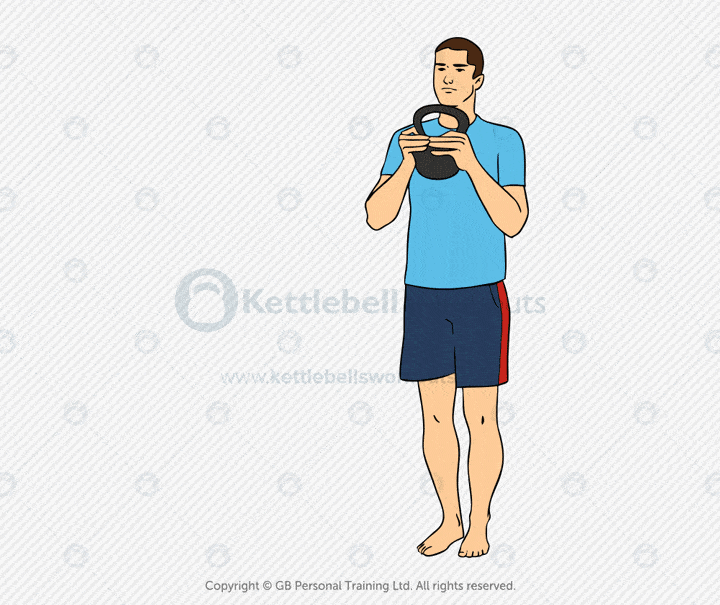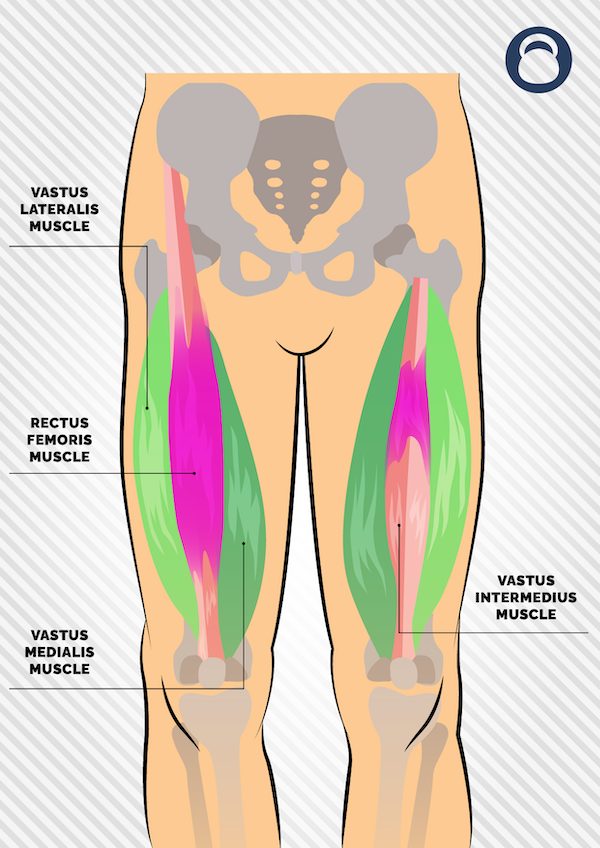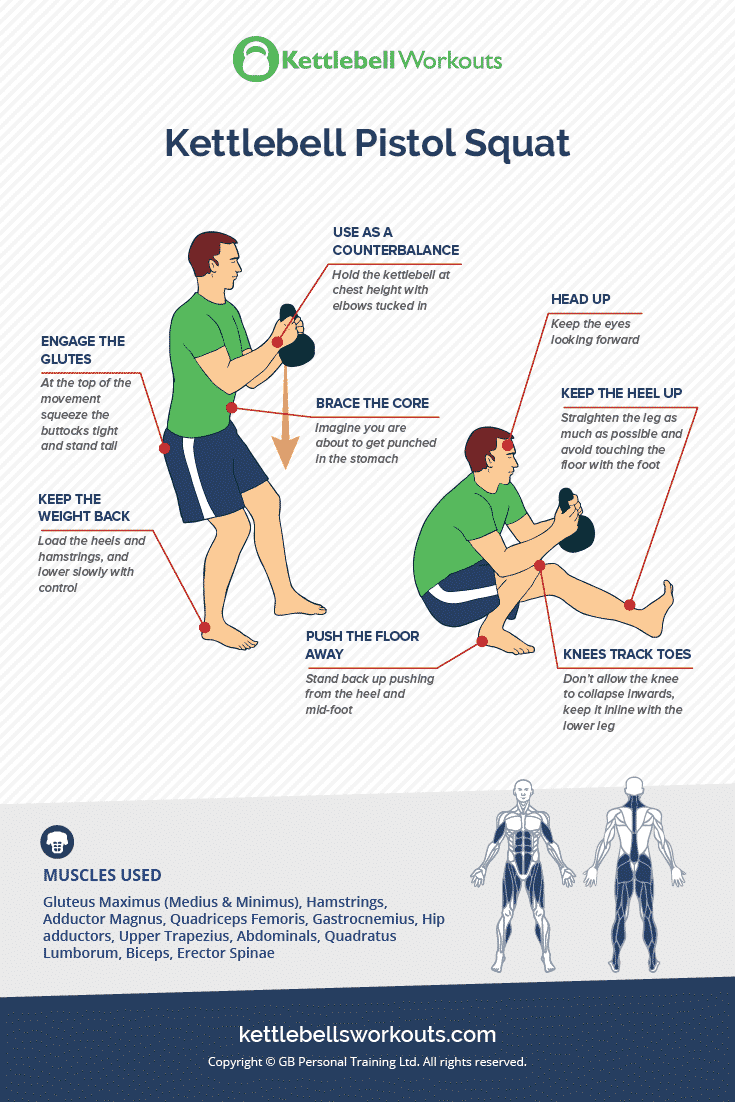Last Updated on 29 July 2025 by Greg Brookes

The kettlebell side lunge is a powerful lower body exercise. It builds lateral strength, improves hip mobility, and targets your glutes and quads in a way traditional squats and lunges do not.
By stepping out to the side and keeping the kettlebell in a racked or goblet position, you engage deep stabilising muscles. This helps develop functional, real-world strength.
In this guide, you’ll learn how to perform the kettlebell side lunge with perfect form.
You’ll also discover common mistakes to avoid and how to progress safely for maximum results.
What Is the Kettlebell Side Lunge?
The kettlebell side lunge is a single-leg strength exercise. It incorporates lateral movement and targets muscles often underused in typical forward and backward lunges.
This movement is excellent for improving hip flexibility, knee stability, and overall lower body control.
Why Lateral Strength Matters
Most people train in the sagittal plane, moving forward and backward.
But life and sport demand lateral movement too.
Building strength in the frontal plane helps prevent injury, enhances athletic performance, and improves day-to-day movement efficiency.
The kettlebell side lunge is one of the best ways to train that movement pattern.

Muscles Worked in the Kettlebell Side Lunge
How to Do the Kettlebell Side Lunge (Step-by-Step)
- Stand tall holding a kettlebell in a goblet position at chest height.
- Step out to the side with your right foot, keeping your left leg straight.
- Bend your right knee and push your hips back, lowering into the lunge.
- Keep your chest up and back flat throughout the movement.
- Push off your right foot to return to the starting position.
- Repeat all reps on one side before switching, or alternate legs.
Tip: Keep the kettlebell high on the chest to reduce strain on the lower back.
Watch the kettlebell side lunge in action:
Common Mistakes to Avoid
- Letting the kettlebell drop below chest height, which increases stress on the lower back
- Collapsing the knee inward during the lunge
- Leaning forward or rounding the back
- Going too deep before warming up the movement pattern
Warm-Up Drills to Prep for the Side Lunge
Before jumping into loaded side lunges, loosen up the hips and inner thighs with these drills:
- Bodyweight Cossack Squats (8 per side)
- Lateral Leg Swings (10 per side)
- Deep Lateral Squat Hold (hold 30 seconds each side)

These drills reduce the risk of strain and improve depth and control during your lunges.
Progressions and Regressions
Regression: Start with bodyweight side lunges or the bob and weave exercise.
Progression: Add load gradually or move on to the Kettlebell Side Lunge and Clean.
Programming Tips and Repetition Goals
- Begin with 5 to 8 reps per side, and complete 1 to 3 sets depending on your fitness level.
- Use this exercise as part of a lower body or full-body kettlebell session.
- Focus on controlled movement to maximise muscle activation.
Kettlebell Side Lunge vs Regular Lunge
- Traditional lunges move you forward and backward.
- The side lunge moves you laterally, training your body in the frontal plane.
- This helps to build lateral strength, improve hip mobility, and prevent injury.
- It’s an essential addition to any balanced strength programme.
Related Exercises You Can Try Next
- Kettlebell Bob and Weave
- Kettlebell Side Lunge and Clean
- Kettlebell Racked Reverse Lunge
Want More Smart Kettlebell Training?
Explore more of my kettlebell tutorials and training guides to build a stronger, more mobile body.
You’ll find detailed breakdowns of essential movements, progression plans, and tips to refine your technique.
Target your adductors and glutes with more lateral drills in the kettlebell exercises library.
Frequently Asked Questions
The side lunge primarily targets the glutes, quadriceps, adductors (inner thighs), and core.
It also enhances hip mobility and lateral stability.
One to three times per week is ideal. Include them in a lower-body or mobility-focused session.
Yes. Keeping the kettlebell in a high goblet position reduces lower back strain and promotes good posture.




Hi Greg,
I hope all is well 🙂
Greg, having being diagnosed with changeable arthritis in parts of my foot/toes/heel/ankle (despite being active for many years/training with conv. weights), my GP said that the consultant wanted to operate and ‘fuse’ the joints. On going on a vegan diet about three years ago, this has alleviated 98% of pain and I have a lot of mobility back in my foot, however, the toes still don’t bend to their capacity.
I find doing the front/reverse lunge awkward and slightly painful where as the side lunge is fantastic and does not have any adverse effects on my feet joints.
But, does it have the same beneficial effect for firming and shaping the glutes as the conventional lunge?
Thanks 🙂
Best wishes,
Steve Shepherd
Very interesting Steve, thanks for the feedback. Yes the side lunge is a very powerful exercise for the Quads and Glutes as well as mobility of the hips. One other option for you is to perform the Bulgarian Lunge where you support the rear leg on a foam roller or raised soft bench behind you, then perform static lunges up and down before switching sides. Hope this helps.